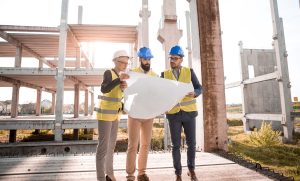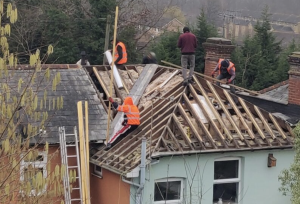Surprise growth in construction false self-employment
This post has already been read 2457 times!
New figures obtained by construction union UCATT indicate that false self-employment and casualisation grew in the construction industry last year.
A freedom of information request revealed that the number of workers who received payments via the Construction Industry Scheme increased last year. The HM Revenue and Customs confirmed that 963,000 workers received payments via CIS in 2014/15 and “this figure will increase later this year as a result of some returns being made late.” This is a 39,000 increase on the 924,000 workers paid via CIS during 2013/14.
The increase in the use of CIS is particularly surprising as in April 2014 the Government introduced new rules that prevented agencies and other “intermediaries” from employing workers on a self-employed basis. The changes in the rules, which have resulted in hundreds of thousands of workers being forced to operate via umbrella companies, were expected to result in a fall in the number of workers employed via CIS.
Brian Rye, National Secretary of UCATT, said: “These figures show the fragmented mess that the construction industry is in. The Government’s changes which were meant to reduce false self-employment clearly haven’t worked while at the same time hundreds of thousands of workers are being employed by agencies via umbrella companies.
“It is clear that the only way to resolve the problem is for fundamental change with workers either being classed as employees or being genuinely self-employed in business for themselves. Further tinkering of the rules will just make the situation worse.”
In 2012 UCATT estimated that false self-employment in construction was costing the Exchequer £1.9 billion per annum. The principle beneficiaries are employers who avoided paying £1.2 billion in employer’s national insurance contributions.
Howard Royse, construction industry representative for the Institute of Chartered Accountants in England and Wales and author of the book Construction Industry Scheme – Guidance and Commentary said: “The increase in the number of subcontractors being paid through CIS in 2014/15 does not indicate how long those people were engaged as self-employed – it may have only been for a few days.
“Many of those workers will have been paid through both CIS and umbrella schemes in the course of the year.
“The recent increase in activity levels in construction is bound to lead to more workers being engaged, through direct employment and self-employment. That does not in itself make those self-employment engagements bogus.
“The change in rules for intermediaries resulted in more agencies putting workers through umbrella schemes, for fear of how HMRC may enforce the rules regarding supervision, direction and control.
“No doubt some genuinely self-employed workers were affected by this reaction.
“This may well have produced a short-term reduction in money paid in tax – but the new rules for travel and subsistence expenses should address the matter of dodgy operators offering high take-home pay schemes.”
























Comments are closed.